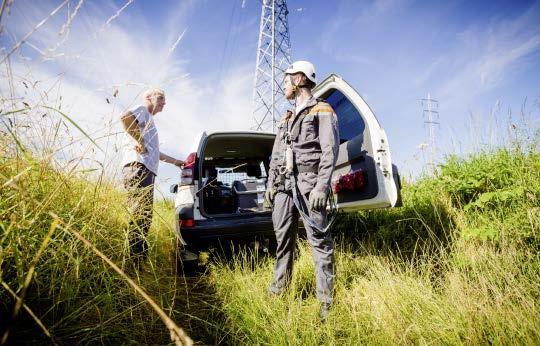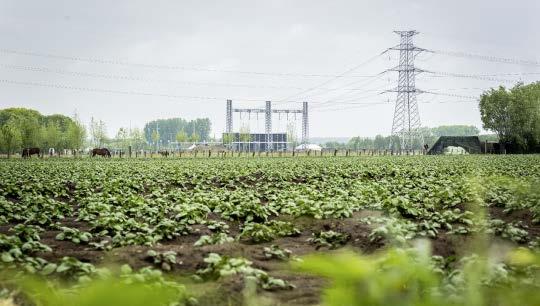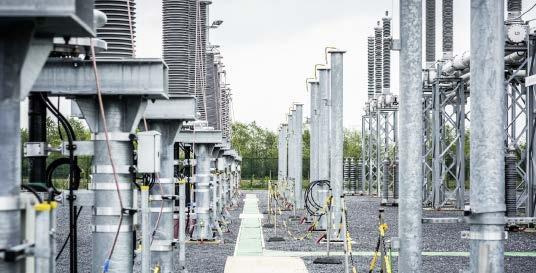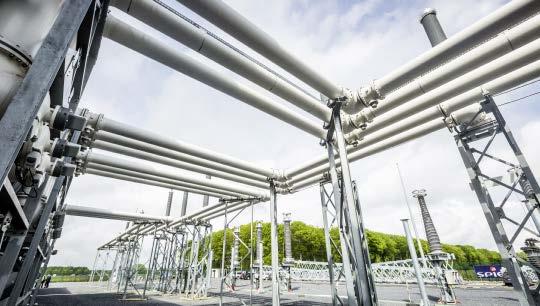
2 minute read
6.4. Adequacy: to keep the lights on
6.4 ADEQUACY: LIGHTS ON TO KEEP THE
A long-term study like the present one does not aim to determine concrete figures for the next winters. Nevertheless, taking the results for 2030 and checking them, mutatis mutandis, with the results of the 2016 study for the period 2017-2027, gives an assessment of the capacity needs for the adequacy of the Belgian system at the point of the nuclear phase-out in 2025. To keep the lights on, the study shows that there is a need for new-built thermal capacity in all scenarios after the nuclear phase-out and this until beyond 2040. More specifically, the study results indicate a firm need of at least 3.6 GW new-built thermal generation capacity to be developed in Belgium at the moment of full nuclear phase-out at the latest, i.e. before the winter 2025-2026. Although the study mentions mostly gas-fired plants, for which technical and economic data are publicly available, any other thermal generation resource like additional biomass or CHP etc., is possible (in fact, all technologies with controllable output are). It is important to mention that the 3.6 GW figure takes into account the expected contribution of energy efficiency, demand flexibility, storage, the expected growth of intermittent renewable sources and all grid investments until 2025. It also assumes a remaining fleet of centralized gas-CCGT and OCGT plants in 2025 of 2.3 GW. Referring to the general assumptions regarding generation capacity in the neighbouring countries, it must be clarified that additional domestic resources with low utilisation rates could be required in the case of insufficient adequacy in neighbouring countries. These additional resources are estimated to range between 1 to 2 GW and come on top of the 3.6 GW new-built capacity. Due to the fact that they will be activated infrequently, they can be served by a variety of resources, including the life extension of old plants, additional demand side flexibility or storage, new peaker plants with relatively short construction time, etc. The results confirm that this thermal capacity of 3.6 GW will not be stranded for adequacy reasons until beyond 2040, which is in line with the figures on running hours mentioned above. This finding remains valid in the sensitivity with extreme developments of storage and flexibility. Finally, as expected, the partial nuclear phase-out by keeping 2 GW of nuclear capacity until 2035, would reduce the need to 1.6 GW in 2025, without having an impact on the 2040 scenario.







